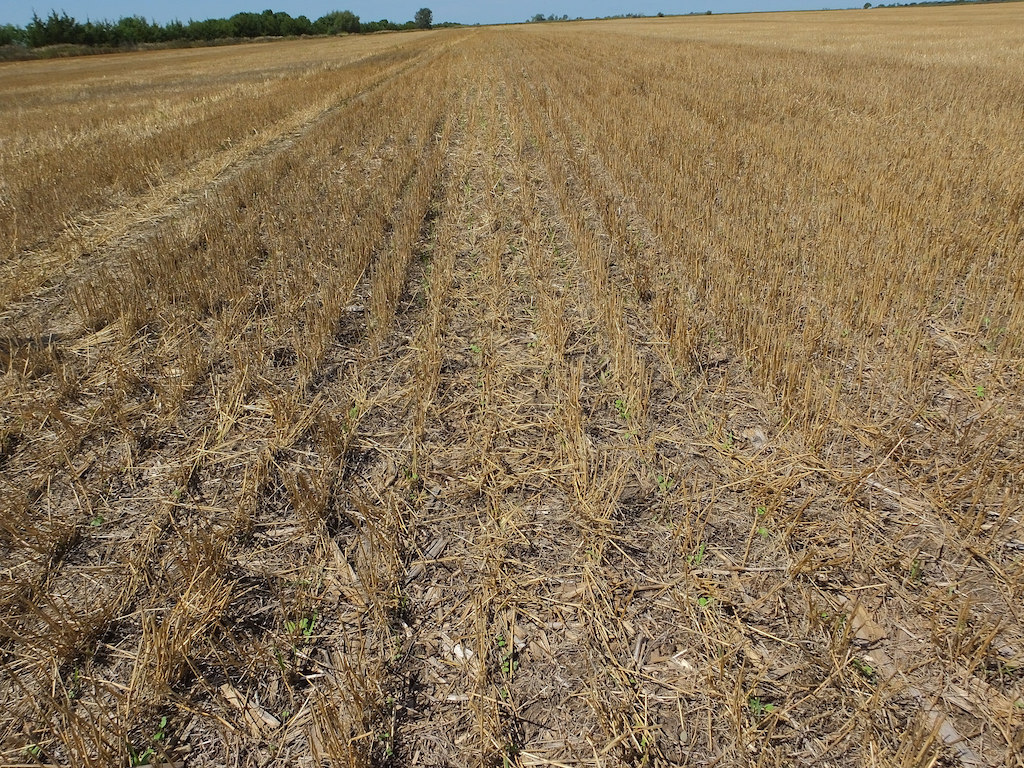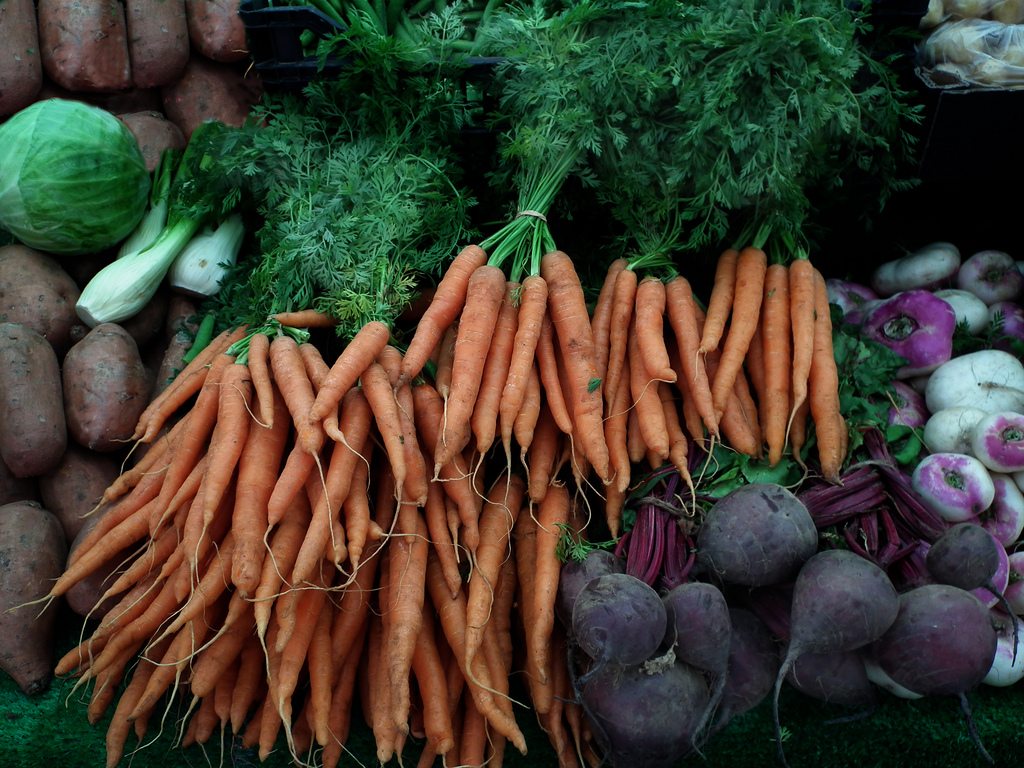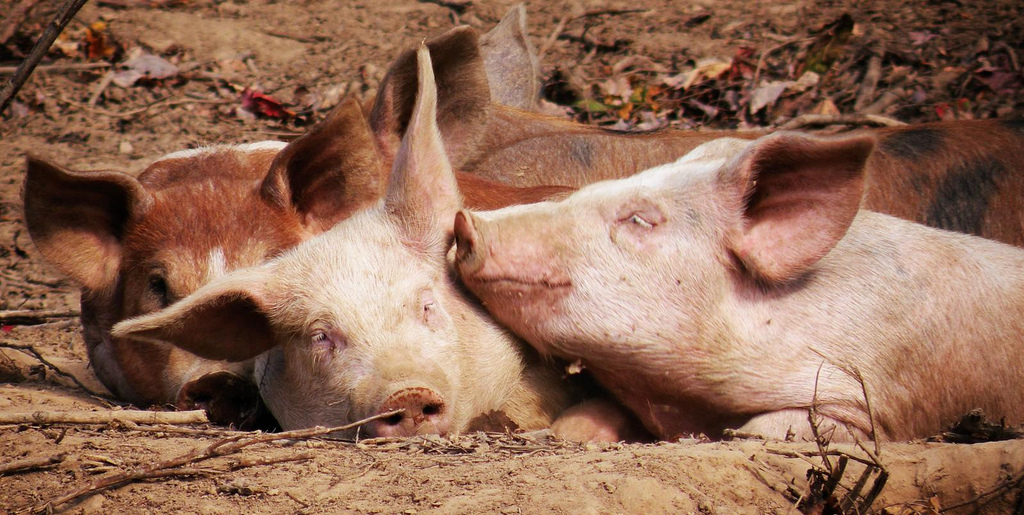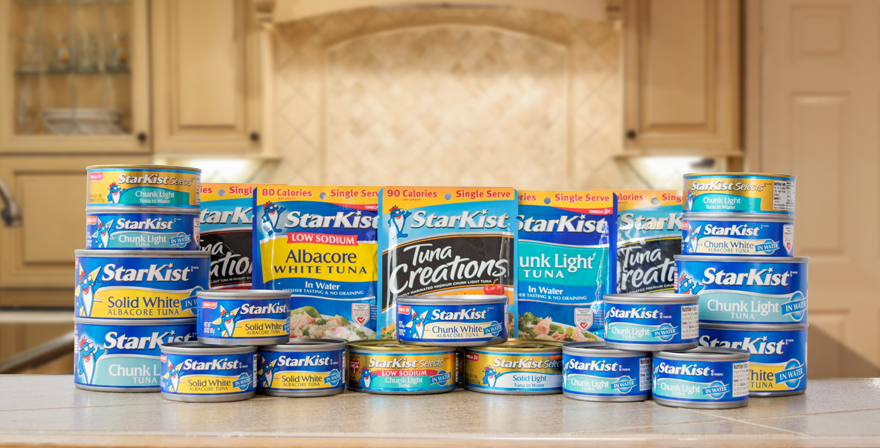Update, May 14, 2018: The CDC has reported that 12 more people have been sickened by the salmonella outbreak since its last reporting on April 16, 2018.
Last Friday, an egg farm in North Carolina initiated the largest recall of its kind in nearly a decade: More than 206 million eggs, sold under a variety of brand names, including Coburn Farms, Country Daybreak, Crystal Farms, Food Lion, Glenview, Great Value, Nelms, and Sunshine Farms. The recall also includes eggs sold directly to the Waffle House restaurant chain.
The recall was precipitated by an outbreak of foodborne illness caused by Salmonella Braenderup, a rare strain of bacteria that, as of Monday, is the confirmed culprit in 23 cases. Six people have been hospitalized and no one has died. The eggs were distributed to nine states: Colorado, Florida, New Jersey, New York, North Carolina, Pennsylvania, South Carolina, Virginia, and West Virginia, and the recall extends to product dated from January 11 to April 12. NPR reports that the it covers cartons bearing the plant code “P-1065 and Julian date ranges of 011 through 102. (The three-digit Julian Code refers to consecutive day of the year, meaning the recalled eggs were packed from Jan. 11 through April 12.)” Epidemiologists have traced the outbreak to a Hyde County, North Carolina facility owned by Indiana-based Rose Acre Farms. The facility produces more than 2 million eggs per day.
Dr. Benjamin Chapman, an associate professor who specializes in food safety at North Carolina State University, says the actual number of people sickened in an outbreak is around 38 for every one illness that’s reported and confirmed. “There’s a lot of underreporting,” he says. That means the contaminated eggs have likely sickened hundreds of people more than the 23 we know about.
Chickens typically pick up salmonella from wild birds or mice, and they can carry it without showing any symptoms. “It grows really well at human body temperatures and animal body temperatures,” Chapman says. “It also stays really stable and dormant when dried.” According to Cornell University, this particular strain is known to thrive in cattle, chickens, and turtles.
The last time we saw a Salmonella Braenderup outbreak in the United States was in 2014, when contaminated peanut butter sickened six people, according to the Centers for Disease Control (CDC). The strain’s relative rarity made it easier for epidemiologists to connect the confirmed cases and locate the source at the farm in Hyde County, North Carolina.
The swift identification might mean this outbreak will ultimately sicken fewer people than the last egg-related outbreak of its size, which included a recall of 550 million eggs and resulted in 1,939 confirmed illnesses. “That outbreak was so much drastically larger,” Chapman says. “This one, from a public health standpoint, being able to pinpoint [the farm] slows the duration of exposure. We’re not seeing a tenfold or twentyfold increase compared to 2010. That’s a good thing.”
The Food and Drug Administration (FDA) advises anyone who purchased the recalled eggs to throw them away. The CDC investigation is ongoing.











